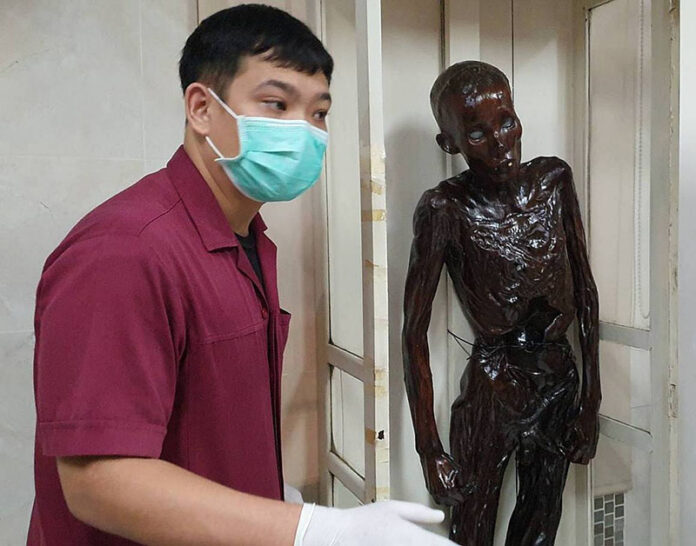
NONTHABURI — After more than 60 years in a glass cabinet, a cadaver of a man executed for allegedly cannibalizing small children was cremated in a funeral Thursday, a gesture of redemption for many Buddhists.
Si Quey Sae-Ung was cremated Thursday in Wat Bang Phraek Tai in Nonthaburi city, a final closure in the saga that saw the man demonized by the media and urban legend, before ultimately exonerated by modern evidence.
Attending the funeral were residents of Prachuap Khiri Khan, where Si Quey’s tales of cannibalism first emerged, and an actor who portrayed Si Quey as a gruesome murderer in a TV drama.
“I feel relieved that his body has finally been set free,” Terdporn Manopaibul, 69, said. “I came here today because I’m indebted to him since I became famous because of him.”
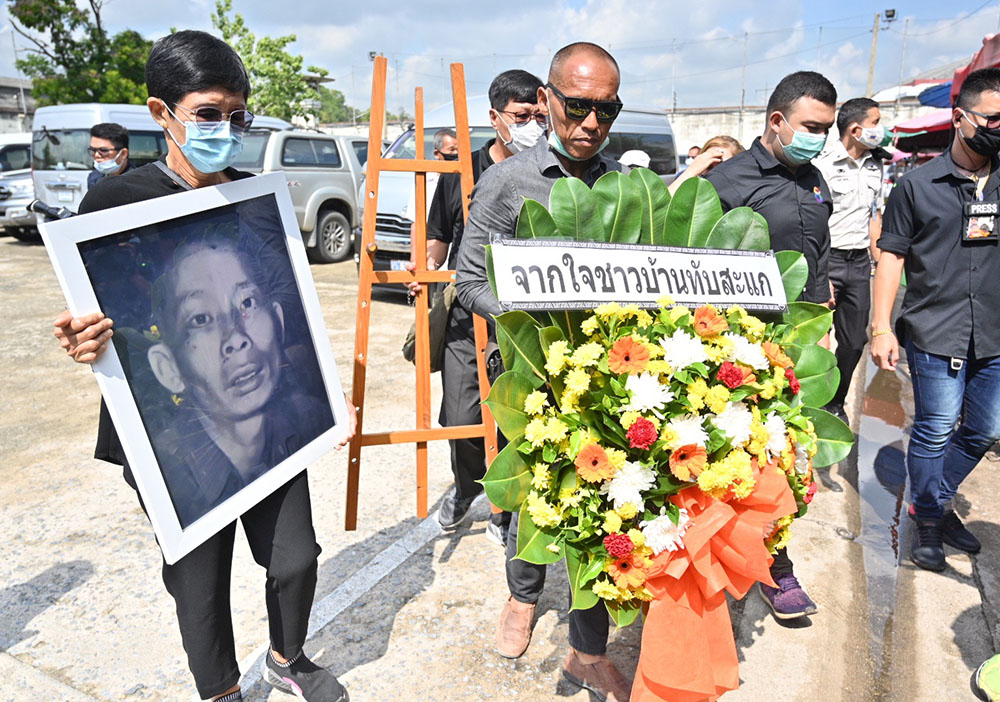
“Today we close this chapter on Si Quey and the image that Thai people have of him. Si Quey was a good person,” Prachuap resident Wannapha Tongchim said. “He’s been punished long enough. We … heard stories of him passed down through generations.”
She continued, “As far as we know, he was a Chinese man who came to live in Thailand and was a kind person. We didn’t want to believe that he was the offender but we had to respect the court’s decision.”
Police Sub. Lt. Pon Plaisatit said the Department of Corrections will decide whether Si Quey’s ashes will be scattered or kept at the temple.
“I feel that today we have succeeded in calling for Si Quey’s humanity,” Pon said. “Si Quey is an example of someone who faced adversity in their life.”
Si Quey’s name on the coffin, however, was still titled “Nor Chor” or “male prisoner.” Si Quey’s exoneration also suggested someone else must have been responsible for the murders, but Pon said he did not want to comment on the cases, because they are “the matter is now over.”
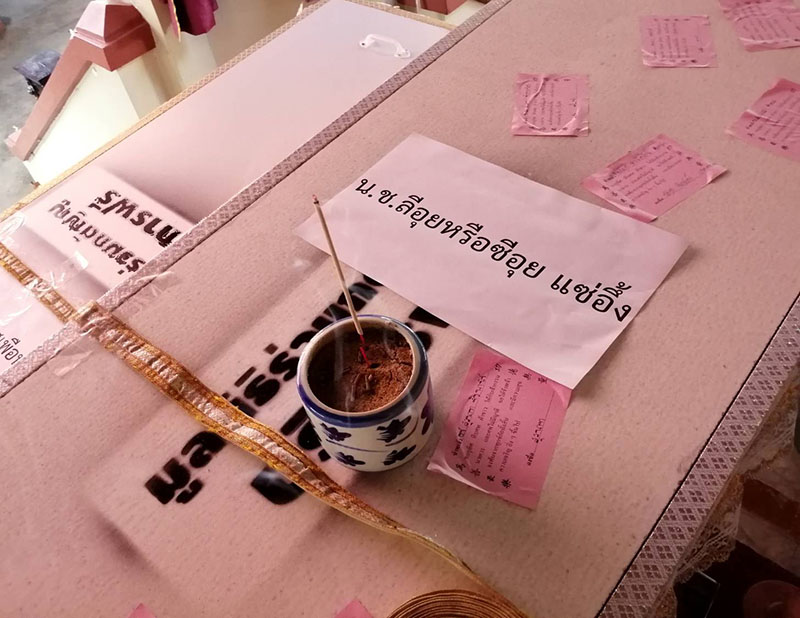
“I think his ashes should be scattered because he has no living relatives, this will allow his spirit to finally rest,” Pon said.
Si Quey was a Chinese immigrant who was arrested in 1958 on suspicion of killing five children and devouring their organs. He “confessed” to the charges, despite speaking no Thai, and was later sentenced to death by a firing squad the year after.
He would spend the next 61 years displayed as a “cannibal” at Siriraj Forensic Museum, becoming a sort of local attraction.
However, new evidence suggests that Si Quey was most likely a scapegoat. The odds were against him since the beginning of the trial: he relied on interpreters amid the height of anti-Chinese sentiment at the time.
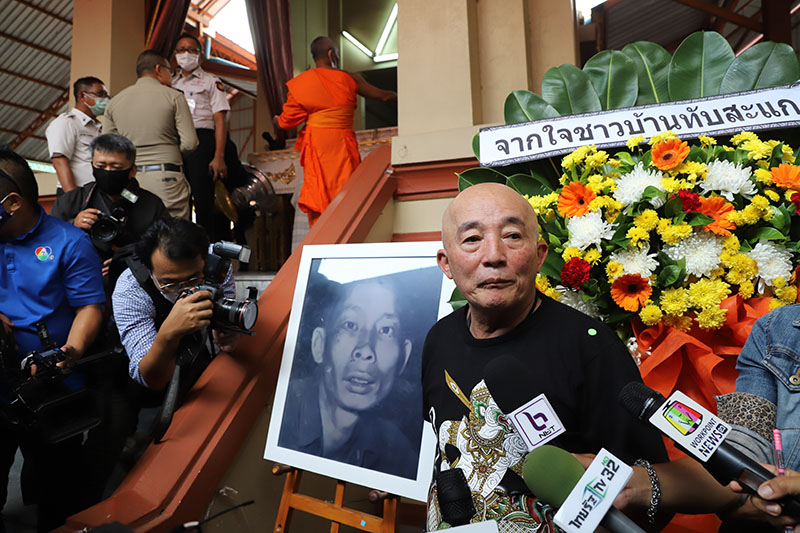
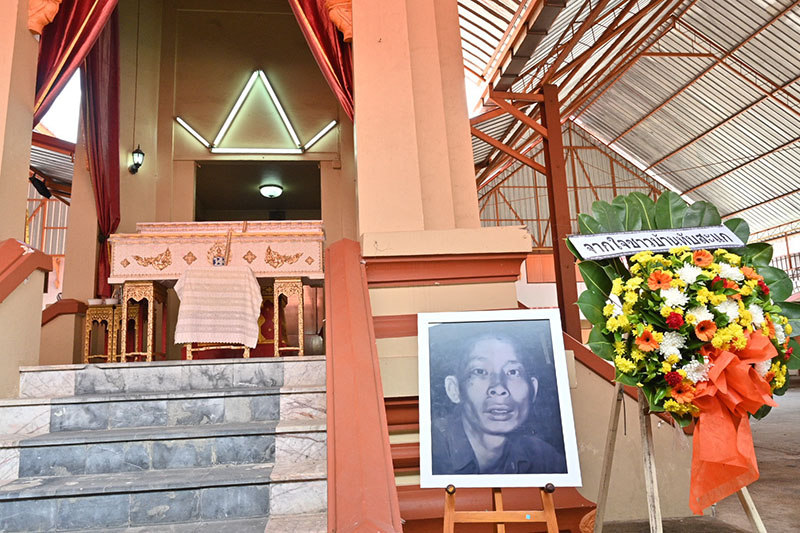
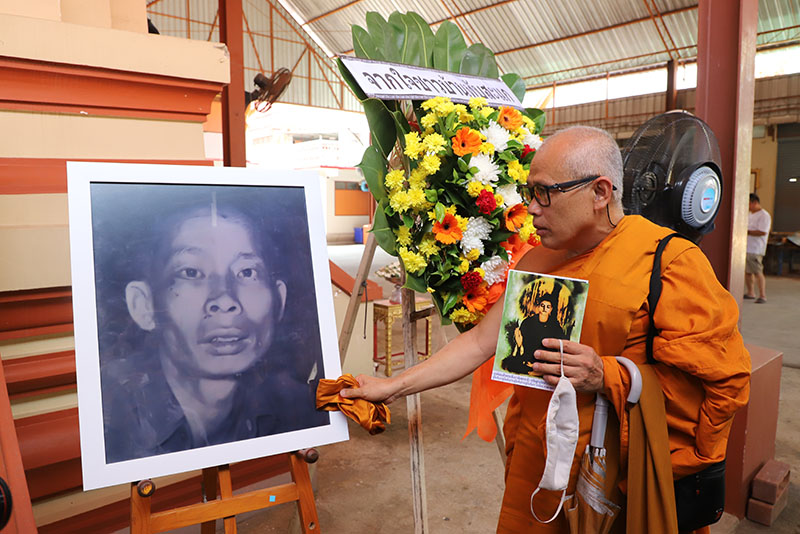
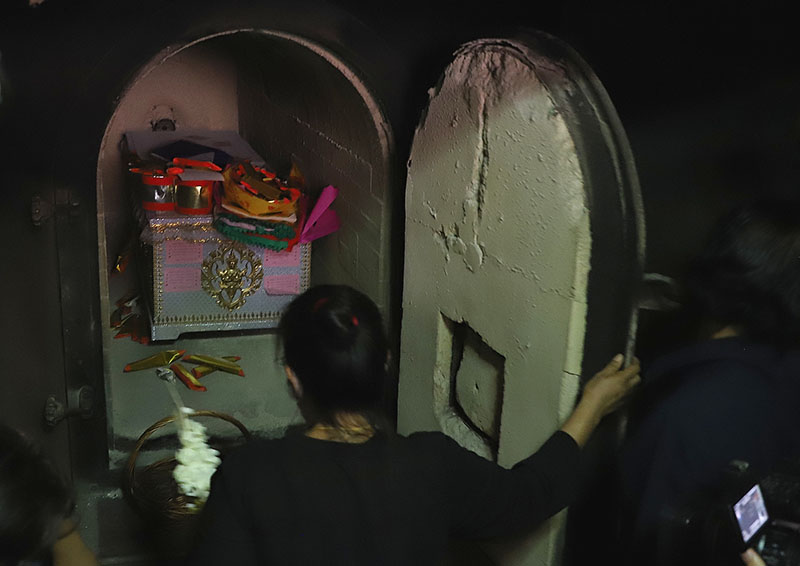
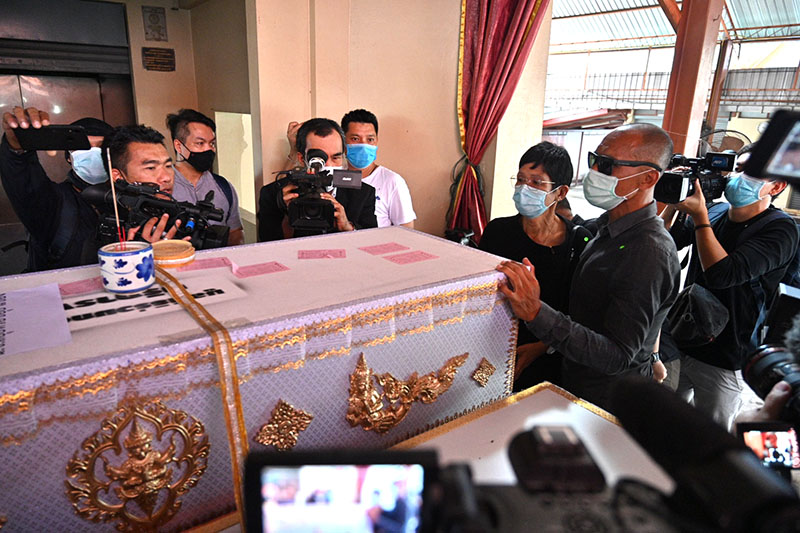
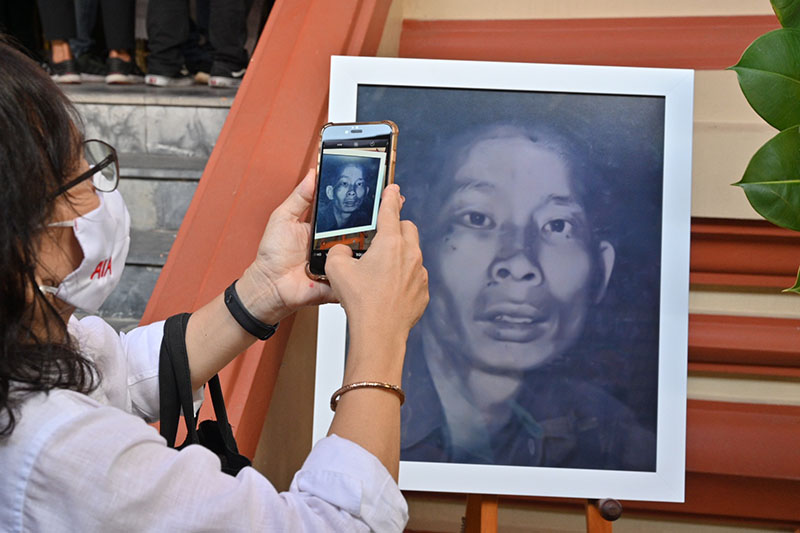
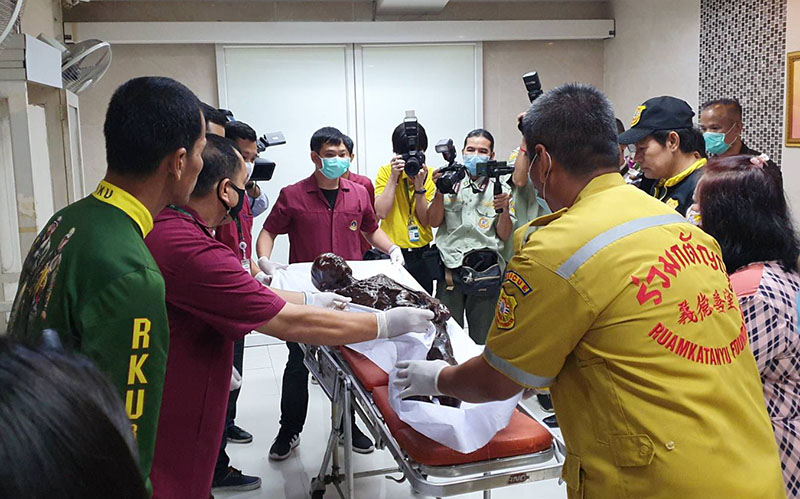
Related stories:
Embalmed Body of Iconic ‘Cannibal’ To Be Cremated This Week
Justice at Last? Museum Amends Display of Iconic ‘Cannibal’
He Ate Children: The Serial Killer Who Still Terrorizes Thailand Today















































